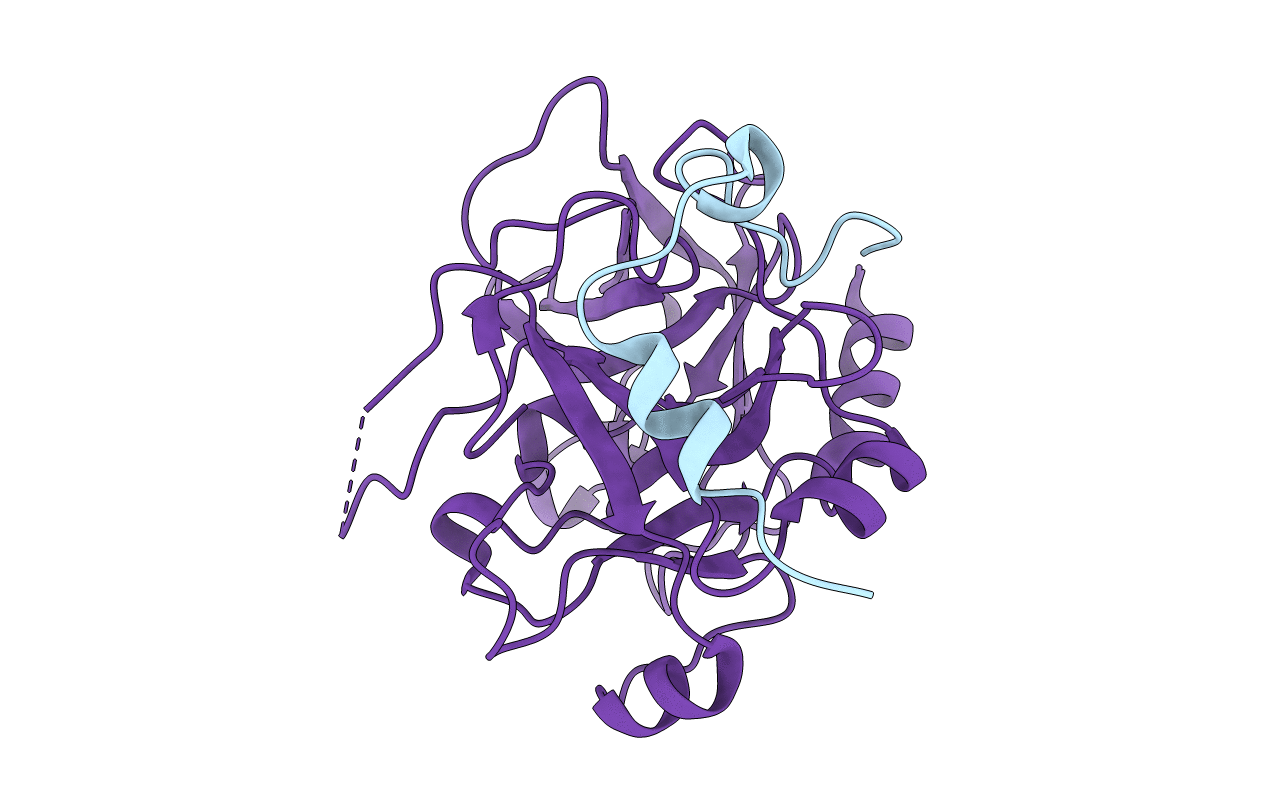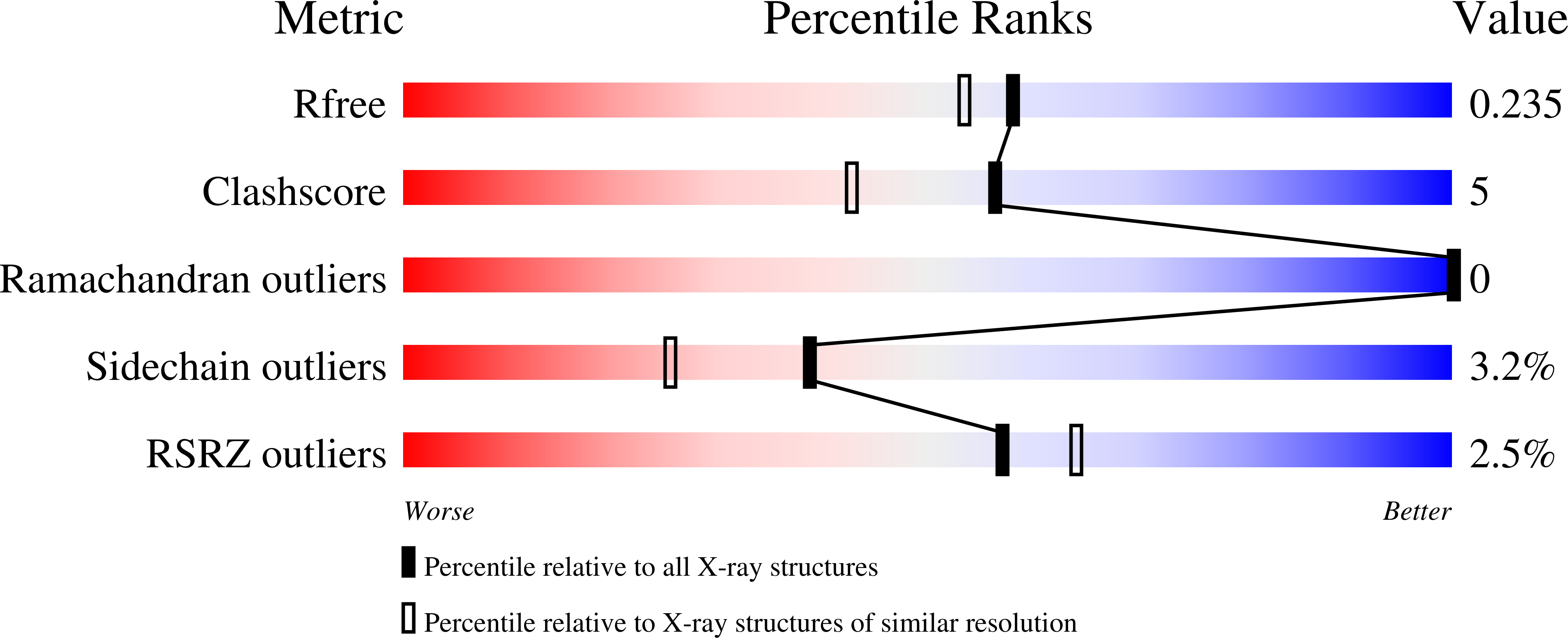
Deposition Date
2009-05-22
Release Date
2009-07-07
Last Version Date
2024-10-30
Entry Detail
PDB ID:
3HK3
Keywords:
Title:
Crystal structure of murine thrombin mutant W215A/E217A (one molecule in the asymmetric unit)
Biological Source:
Source Organism:
Mus musculus (Taxon ID: 10090)
Host Organism:
Method Details:
Experimental Method:
Resolution:
1.94 Å
R-Value Free:
0.23
R-Value Work:
0.18
R-Value Observed:
0.18
Space Group:
P 21 21 21


